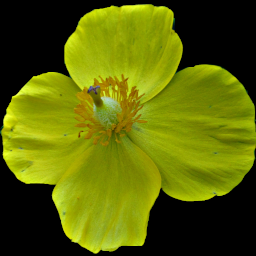
Rivals Canada Goldenrod for sheer yellow spectacle, but comes out in October and into November, after the Canada Goldenrods have mostly gone to seed. Note the long rays on the individual heads, giving the whole tuft of yellow a distinctive shaggy look. These plants were blooming in mid-October under a streetcar overpass in Beechview. Gray lists this as Solidago serotina var. gigantea.
From Gray’s Manual: S. serotina Ait. Stem stout, 0.6-2.5 m. high, smooth, often glaucous; leaves quite smooth both sides, lanceolate to oblanceolate, taper-pointed, very sharply serrate, except the narrowed base, rough-ciliate; the middle ones 7-16 cm. long, 1-3 cm. wide; the ample panicle pubescent; involucre 3.5-5 mm. long, its bracts linear, subherbaceous; rays 7-14, rather long. Thickets, in rich soil, N. B. to B. C., and southw. July-Sept.
Var. gigantea (Ait.) Gray. Leaves glabrous above, slightly pubescent beneath, especially on the nerves; involucre 3.2-4 mm. long. Low ground, e. Que. to Ill., and southw.




